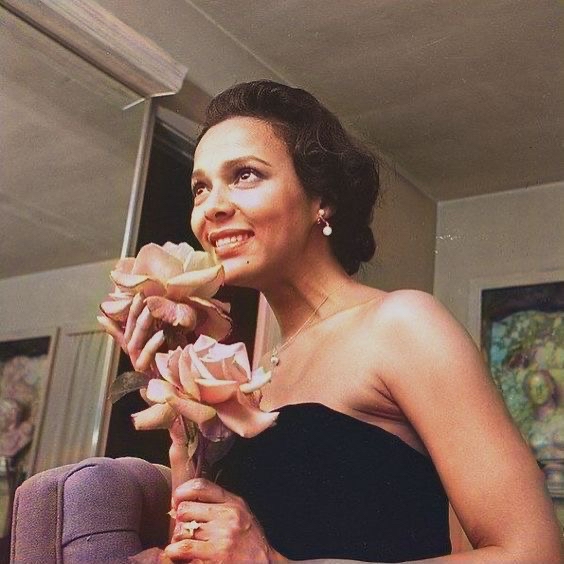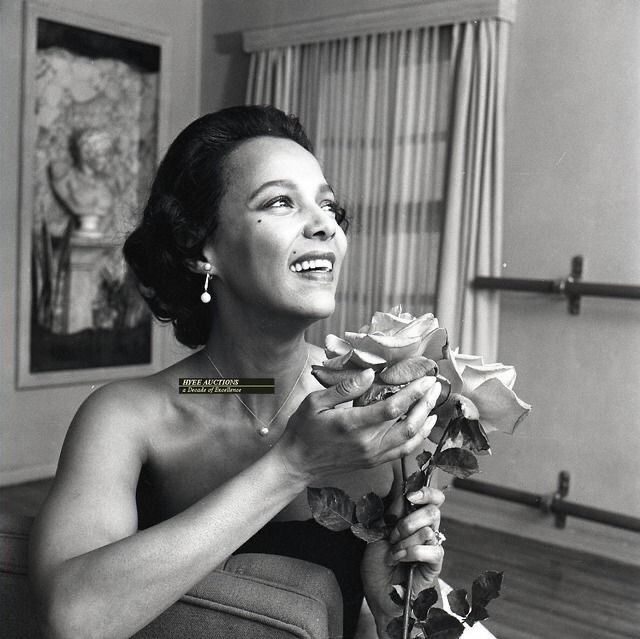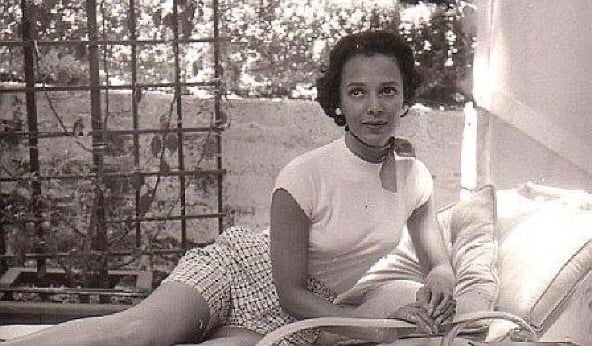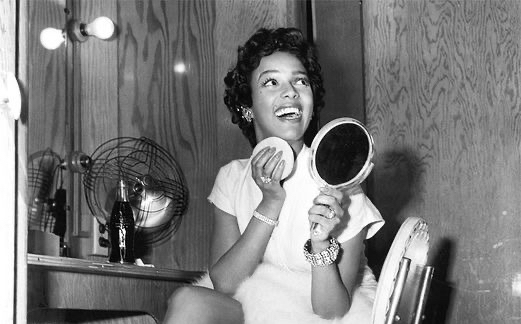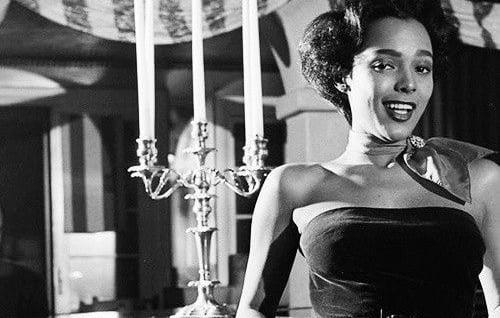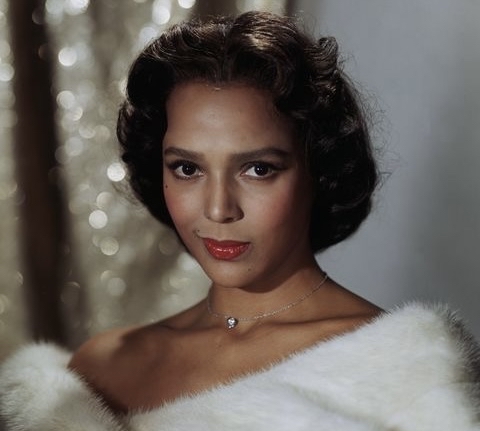The Dandridge Sisters were strong for a few years and booked at high-profile clubs such as The Cotton Club and Apollo Theater. It was at the age of 13 that Dorothy would appear on-screen for the first time in an “Our Gang” comedy short: Teacher’s Beau (1935). She’d appear in other productions in minor roles, but it started to earn her recognition through also continuing her nightclub performances worldwide. Her first credited film role would be Four Shall Die (1940). Dorothy would continue having small roles in productions – even performing with The Nicholas Brothers in Sun Valley Serenade (1941). This would continue showcasing her abilities as a singer, and dancer and her acting abilities, also a strong emphasis on physical attributes. It wasn’t until May 1951 when Dorothy opened for the Mocambo Club in West Hollywood - the biggest opening in history - that her career took a turn. An MGM studio agent saw her at the club and recommended she make an appearance as a club singer, in her name, in Remains to Be Seen (1953). Soon later, she would star in her first starring role as Jane Richards in Bright Road (1953) – alongside Harry Belafonte. Little did she know she was about to hit superstardom with her next project, Carmen Jones (1954), her most famous & iconic film role.
In 1953, 20th Century Fox began the process of an all-black cast film adaptation of the Broadway musical, Carmen. The director & writer, Otto Preminger saw Dorothy as a smaller role of Cindy Lou at first. It wasn’t until screen-testing that she & makeup artist, Max Factor, gave the character of Carmen an earthy look. This effect suggested to the director a freer, looser version of Carmen & earned her the leading role instead. This star-studded cast would also include Harry Belafonte, Diahann Carroll, Pearl Bailey, Brock Peters, Olga James, and Madame Sul-Te-Wan.
Carmen Jones opened in theaters on October 28, 1954. It received favorable reviews & strong box-office earnings. Carmen Jones would make Dorothy the first black sex symbol in Hollywood and rave positive reviews on her performance. By November 1st of the same year, she’d become the first black woman to be on the cover of LIFE magazine. Carmen Jones became a worldwide phenomenon & became one of the year’s highest-earning films. Dorothy would also continue to make history as the first black woman to be nominated for Best Actress at the Academy Awards. Even though she didn’t win the award, she became an overnight sensation. She was now a superstar!
Dorothy in the beginning of her career had limited options for film roles because of her rejection of stereotypical black roles during that era. Now, she has become the lead & breaking barriers as an actress! The studios had big plans for her to become the first black-screen icon! By 1955, Dorothy became the first black performer in the Empire Room at New York’s Waldorf-Astoria Hotel. So you see, Dorothy Dandridge changed history & gave black actresses more opportunities than being a slave or a servant type role. That black women could be so much more than that & be the leading star of films.



